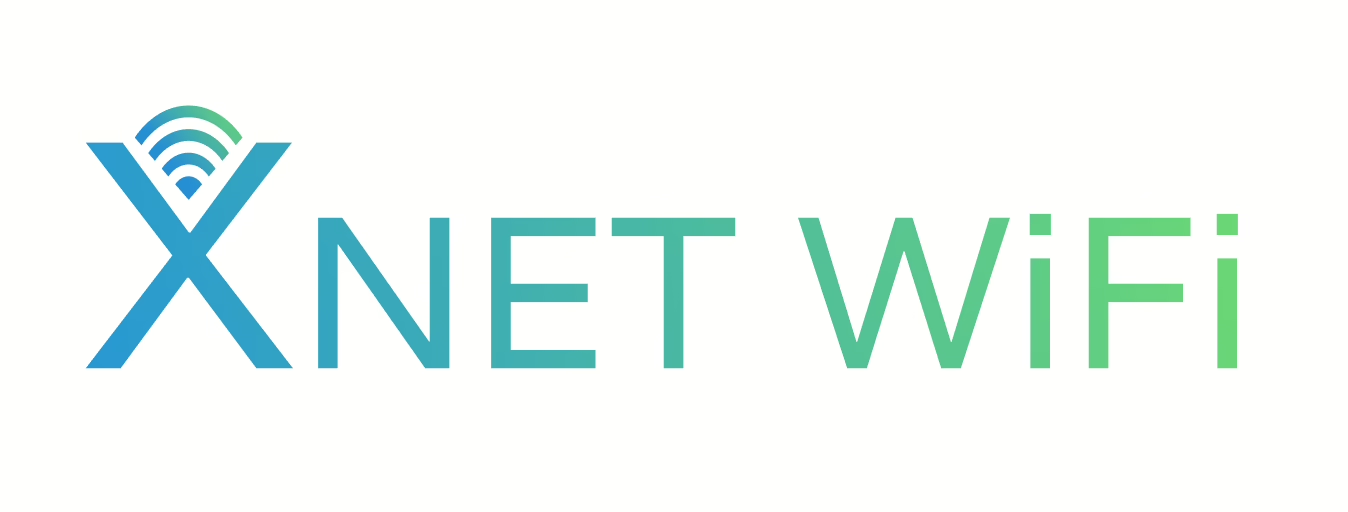Living in a rural area often means facing a unique set of challenges when it comes to internet access. While many dream of vast open spaces and peaceful solitude, the reality can sometimes include unreliable Wi-Fi or a complete lack of connection. For years, satellite internet has been the go-to solution for many rural homes, often the only option available. However, newer technologies are emerging, offering compelling alternatives. This article delves into a head-to-head comparison between XNET WiFi’s tri-carrier virtual SIM technology and traditional satellite internet, helping you understand which is the best fit for your rural home’s connectivity needs.
The Rural Internet Dilemma: Why Choices Matter
For rural residents, internet isn’t just a luxury; it’s a necessity for work, education, healthcare, and staying connected with loved ones. The limitations of traditional cable or fiber simply don’t reach many remote locations. This leaves a gap that satellite internet has long filled, albeit with its own set of drawbacks. More recently, advancements in wireless technology, specifically using multiple cellular networks simultaneously, have presented a powerful new option. Understanding the fundamental differences in how these services operate and what they offer is crucial for making an informed decision that will impact your daily digital life.
Understanding Satellite Internet: The Established Choice
Satellite internet works by beaming data to and from a satellite orbiting Earth. A dish antenna is installed at your home to receive this signal. While this technology offers near-universal coverage across the U.S., it comes with distinct characteristics. Latency, or the delay in data transmission, is a significant factor because signals must travel thousands of miles to space and back for every request. This can make real-time applications like video conferencing or online gaming feel sluggish. Additionally, satellite plans often have strict data caps, with steep overage charges or significant speed reductions once those limits are reached. Weather can also be a considerable disruptor; heavy rain, snow, or even dense cloud cover can interfere with the signal, causing outages or degraded performance.
XNET WiFi Tri-Carrier: A Smarter Wireless Approach
XNET WiFi leverages a different kind of innovation: tri-carrier virtual SIM (vSIM) technology. Instead of relying on a single network, XNET devices automatically connect to the strongest available 4G LTE or 5G signal from Verizon, AT&T, and T-Mobile. This means you’re not tied to one provider’s coverage map, but rather benefit from the combined reach of all three major carriers. This technology is delivered through plug-and-play devices, such as portable hotspots or routers, eliminating the need for professional installation or outdoor dishes. The result is significantly lower latency compared to satellite, leading to a more responsive online experience for everyday tasks and interactive applications. Furthermore, XNET offers plans with higher data allowances and even unlimited options, providing more freedom for households with multiple users or heavy data consumption.
Head-to-Head: Key Differentiators
When comparing XNET WiFi’s tri-carrier solution with satellite internet, several key differences emerge that can make one a better fit than the other. The most impactful distinctions often relate to performance, flexibility, and user experience.
| Feature | XNET WiFi (Tri-Carrier Wireless) | Satellite Internet |
|---|---|---|
| Installation | Plug-and-play; self-install | Requires professional installation of a dish antenna |
| Latency | Low (similar to wired broadband) | High (due to long signal travel distance) |
| Data Caps | Higher allowances, unlimited options available | Typically strict data caps with overage fees or throttling |
| Weather Impact | Minimal impact from typical weather | Susceptible to outages or slowdowns during heavy rain, snow, or storms |
| Mobility | Devices are portable (hotspots); can be moved easily | Fixed installation; not portable |
| Network Reliance | Connects to the strongest of 3 major carriers (V/AT&T/TM) | Relies on a single satellite connection |
This comparison highlights how XNET WiFi aims to overcome the common pain points associated with satellite internet, offering a more modern and versatile solution for rural connectivity.
Making the Choice for Your Rural Home
The decision between XNET WiFi and satellite internet ultimately depends on your specific needs and priorities. If your primary concern is the lowest possible latency for activities like online gaming or frequent, high-quality video calls, XNET’s tri-carrier wireless solution is likely the superior choice due to its significantly lower ping times and more stable performance. For households that stream a lot of video, work remotely, or have multiple connected devices, XNET’s plans with higher data caps or unlimited options offer greater flexibility and value. The ease of self-installation and the portability of devices also add considerable convenience.
However, if you reside in an area with absolutely no terrestrial wireless signal, and even satellite coverage is spotty, satellite might remain your only—albeit imperfect—option. It’s always recommended to check coverage availability for both technologies in your exact location before committing. Consider your budget, typical internet usage, and what performance features are most critical to your day-to-day activities. By carefully weighing these factors, you can confidently choose the internet solution that will best serve your rural home.

